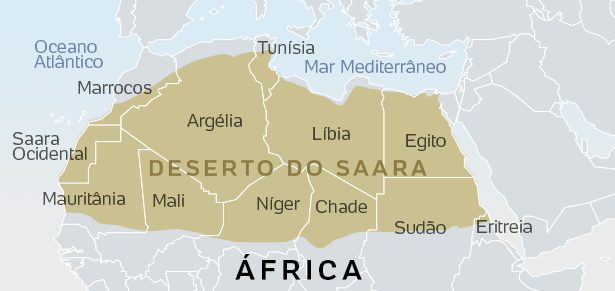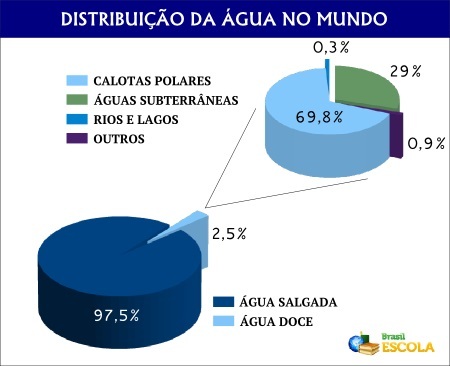In 1945, World War II ended, giving rise to the so-called Cold War. This new conflict had as protagonists the United States of America (USA) and the Union of Soviet Socialist Republics (USSR), these two superpowers of the time had distinct political-ideological systems and aimed to expand their areas of influence.
For more than four decades (1945 to 1991), these two countries fought a battle for world hegemony. They earmarked money for some nations to restructure, provided weapons during separatist conflicts, intervened in foreign policy, etc. To expand its areas of influence, however, it was necessary to demonstrate superiority in various sectors, a fact that brought about historic events.
United States and Soviet Union made high investments in technology, destined mainly for the military industry. This fact was characterized as the arms race. The world, divided into two blocs – capitalist or socialist – feared a possible confrontation between these two countries, since there was (and still is) a large quantity of nuclear weapons from these nations.
In addition to spending on armaments, the US and the USSR also invested heavily in research related to knowledge of outer space, with emphasis on the exploration of our satellite natural, the Moon. At that moment, the space race began, in which the country that achieved the best results could determine the supremacy over the other.
In 1957, the Soviet Union gained the upper hand by conquering space. In October of that year, the country launched the first artificial satellite, called Sputnik, into space. However, the USSR could not contain itself and, in November of the same year, sent the first living being to space, the dog Laika, aboard Sputnik 2.
In contrast, the United States, in 1958, launched the artificial Explorer I satellite, which carried several research devices. However, in the following year, the USSR presented a great advance in its researches, carrying out the Luna project, which provided the acquisition of images (photos) of the lunar surface.
Do not stop now... There's more after the advertising ;)
Another big Soviet leap in the space race was taken in April 1961. On that occasion, the first flight manned by a human was carried out. Aboard the Vostok spacecraft, astronaut Yuri Gagarin had the privilege of orbiting the Earth and entering history as the first human to achieve such a feat and for his famous phrase "The earth is blue".
The United States, seeing that it was falling behind, invested even more in the space project. The result was achieved in 1962, when astronaut John Glenn flew around the Earth. As research progressed, the goals became more complex. NASA (National Aeronautics and Space Administration) aimed to reach the Moon, a feat that would revolutionize the space race.
On July 20, 1969, American astronauts Edwin Aldrin Jr., Neil Armstrong and Michael Collins, crew members of the Apollo XI spacecraft, reached the lunar ground. This achievement was broadcast on television, and was marked by the following sentence by Neil Armstrong: "This is a small step for a man, but a big leap for humanity".
After this achievement, the tension between these two countries was reduced and, in 1975, the Soviets and the Americans even exchanged information about space exploration. This fact, in addition to the reduction in spending on space research and the fragmentation of the USSR, marked the end of space conquest.
By Wagner de Cerqueira and Francisco
Graduated in Geography
Brazil School Team
Curiosities - geography - Brazil School



